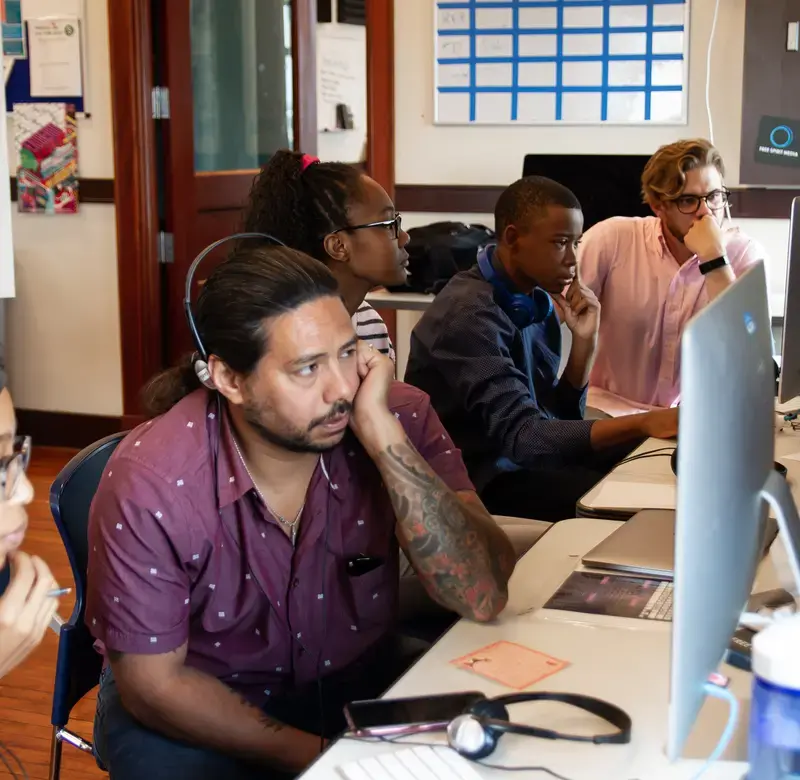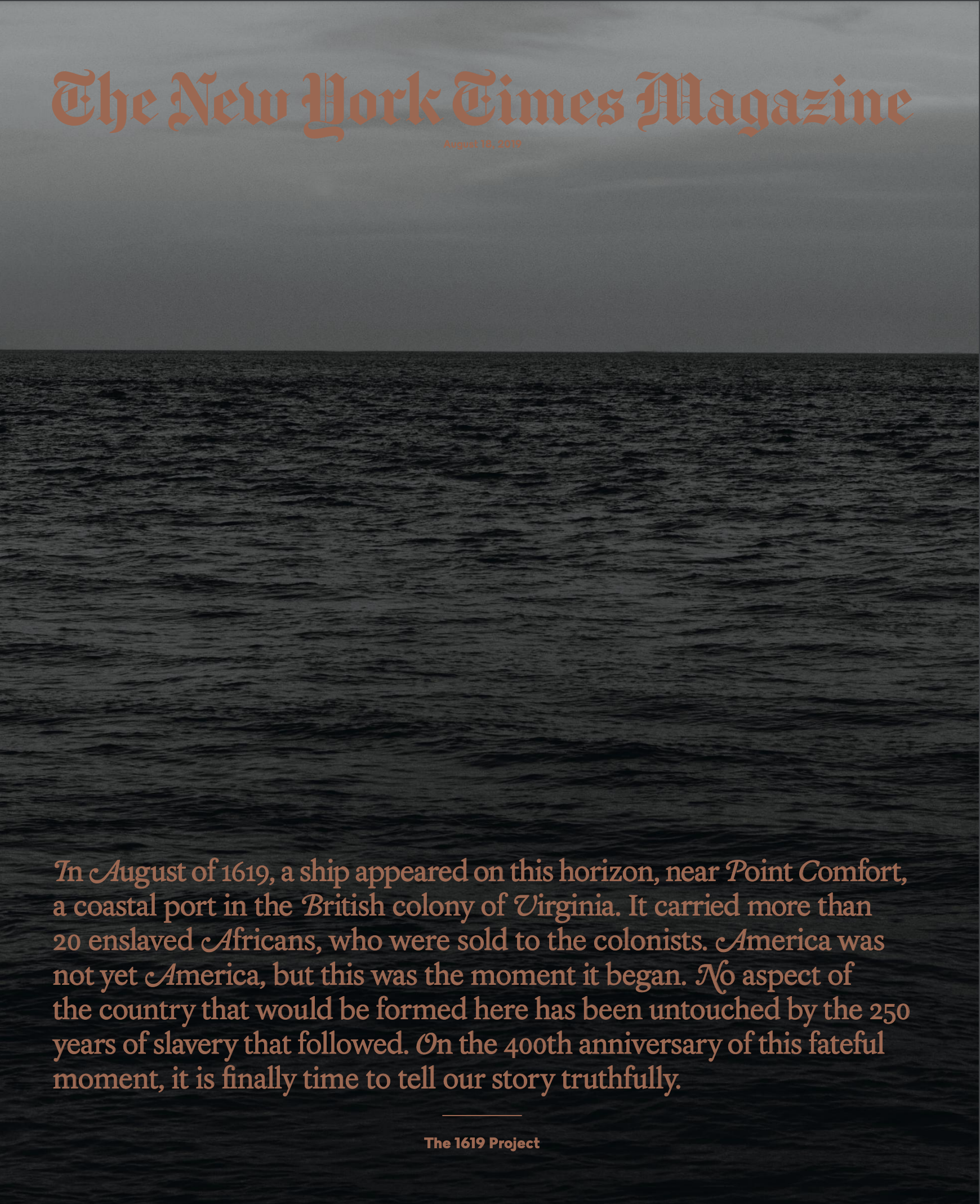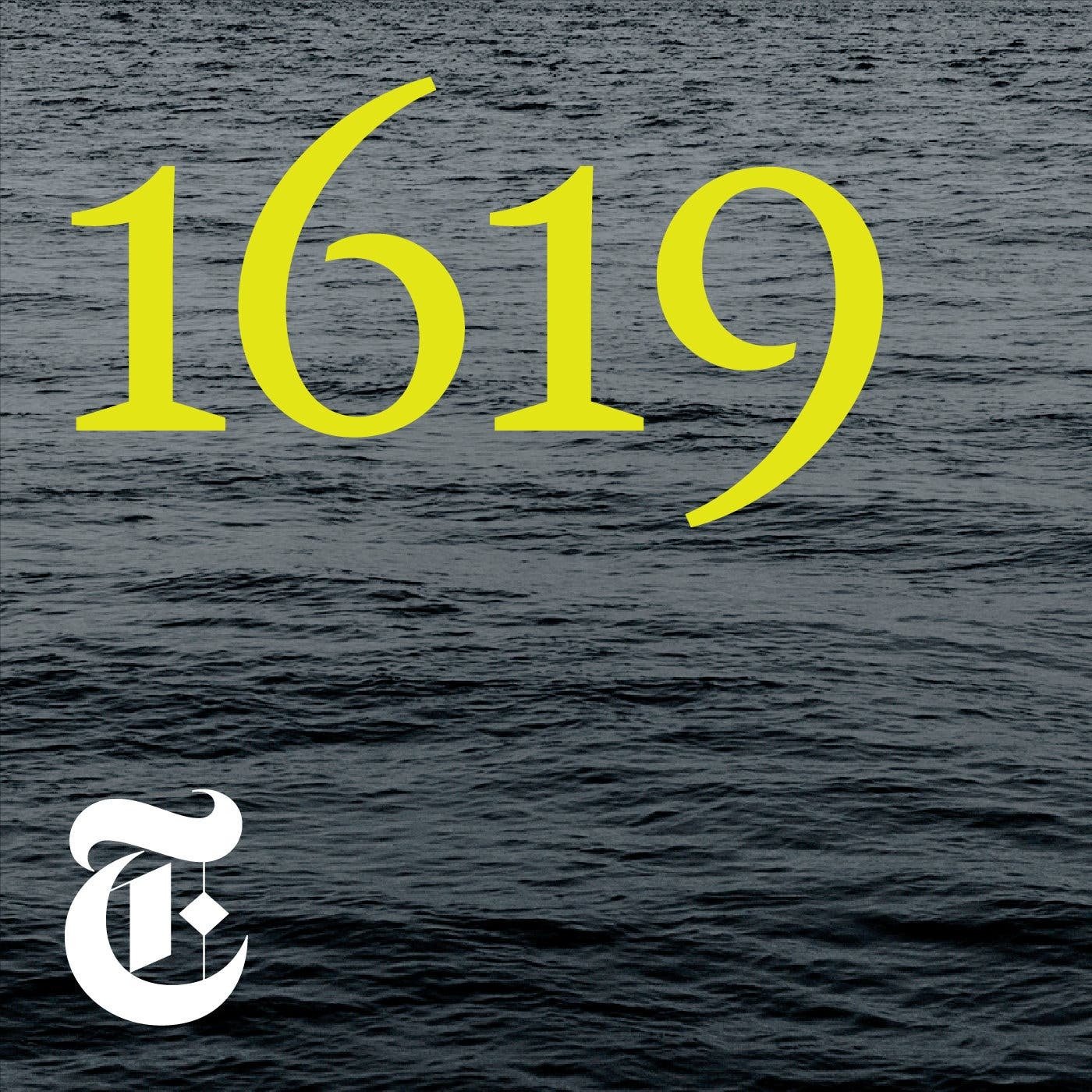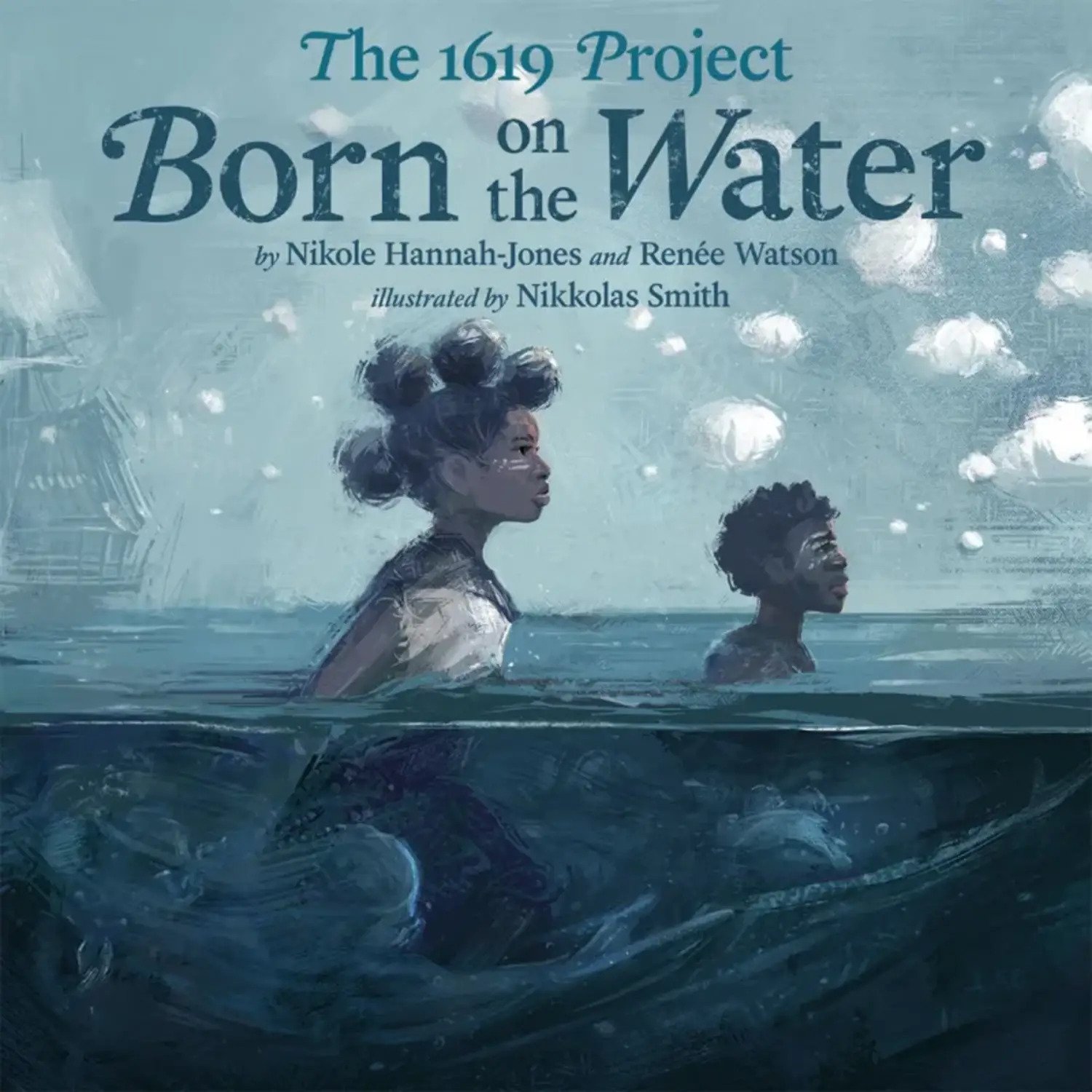The 1619 Project is rich in resources. We hope that this page helps to clarify how all aspects of the project might be utilized in your teaching and learning goals.
This guidance on using The 1619 Project cohesively is adapted from an extensive Educator Guide to the 1619 books created by Pulitzer Center staff in partnership with Penguin Random House. Download the K-12 Curriculum Guide here.
1619 Podcast
The 1619 podcast is a five-episode series (the last episode is two parts) that expands on major themes from the project. Some episodes align directly with essays included in the project and feature the essays’ authors as guest speakers. The two-part fifth episode is not built from one essay in the project, but ties directly with the themes throughout. It also pairs well with essays from The 1619 Project: A New Origin Story like “Race,” “Dispossession,” and “Inheritance.”
Teaching Tip: The podcast format allows for the historical facts and events to be shared alongside personal anecdotes from the podcast narrators and contributors, as well as several sources of primary source audio from historical archives. These resources make the episodes a great tool for scaffolding conversations for students and a strong resource to pair with Born on the Water, which uses a similar narrative approach. Students can explore podcasting as a tool for teaching and learning and practice developing speaking and listening skills that allow them to share their own stories.
Listen to 1619 on the NYT Magazine website and explore our listening guides for the 1619 podcast in the curricular resource collection.
Born on the Water
Born on the Water grounds the themes and goals of The 1619 Project overall in the lived experiences of Black Americans. The narrative begins with a story that mirrors the one Nikole Hannah-Jones tells at the end of her essay on “Democracy” in The 1619 Project: A New Origin: a young Black student unsure of how to complete a class project that asks students to share their ancestry. In this entry point alone the book brings forth the reality of how Black history, culture, and contributions to society have been overlooked and undervalued. The book then provides some of that story of origins and ancestry through the narrator.
Teaching Tip: The structure, independent verses woven together, provides a useful tool for chunking the text and exploring themes with focus and intent. Each section of the book, as we divided them in this guide, aligns well with different essays, podcast episodes, and other elements of the project.
Planning Tip: Born on the Water is equally useful as a tool for pre-work to support engagement with other texts from the project, and also as a tool for building enduring understanding after exploring other elements of the project.
Teaching Tip: The illustrations support the text while telling a beautiful visual story of their own and students can study them alongside the photographs included in A New Origin Story and the photo essays from the original publication.
Born on the Water is an origin story of its own and provides a model for sharing family, community, and historical narratives that will be accessible and memorable for all students.
Find more tips for classroom implantation of Born on the Water in Penguin Random House's Teacher’s Guide for The 1619 Project: Born on the Water.
CONTINUE LEARNING






